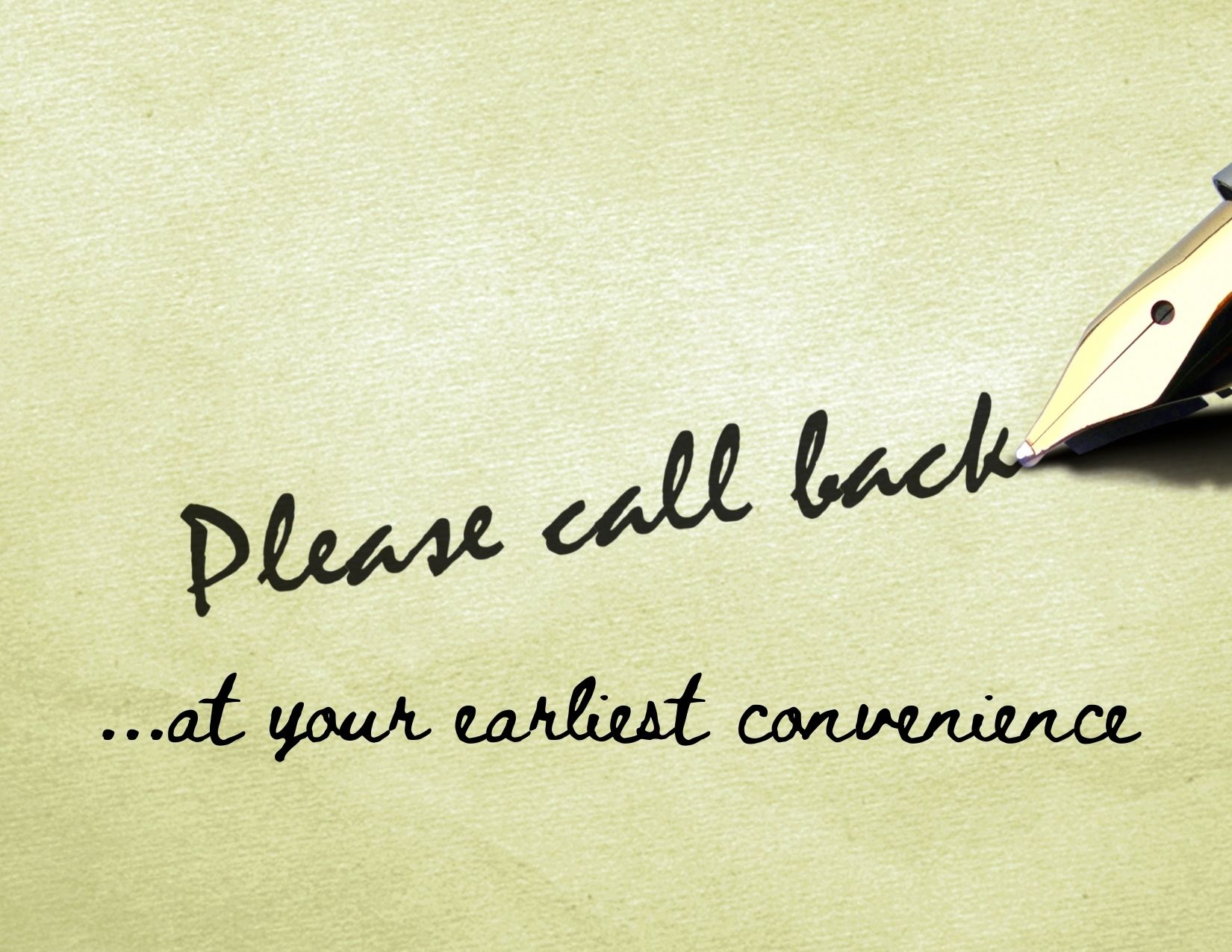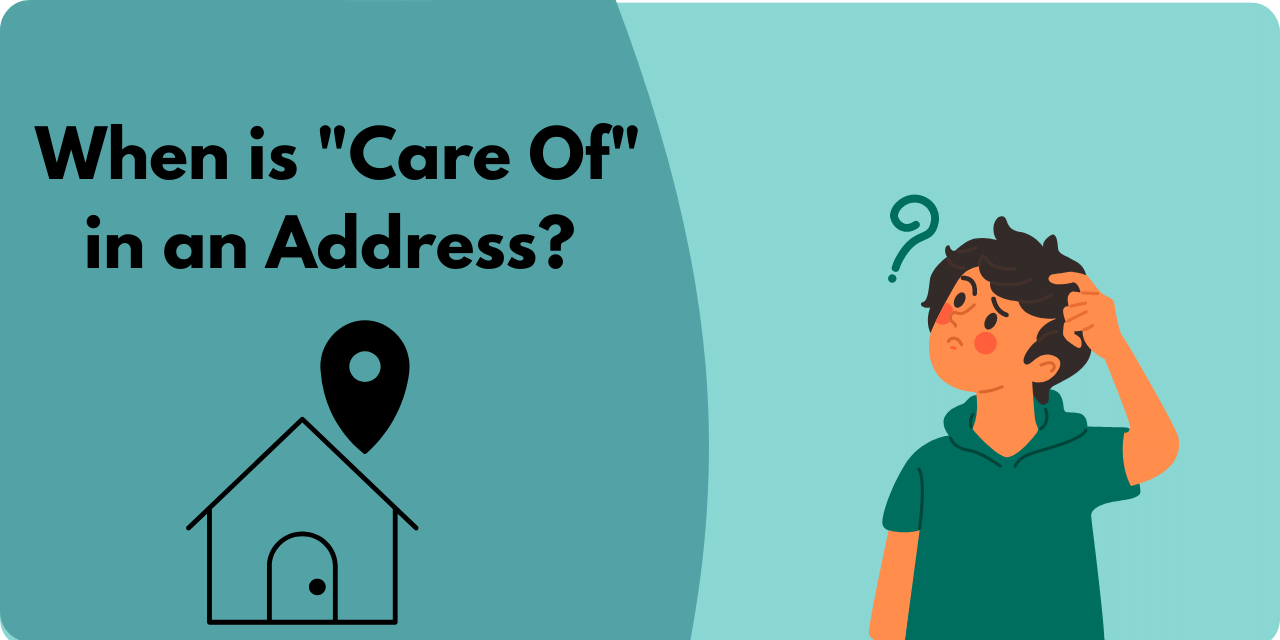Do you know how to say no? Are you comfortable writing a message that says no to someone’s request? Or do you ignore requests hoping they will go away? Read this post to learn the easy way to say no–and why to say it.
Background: In the past year I have joined the board of a wonderful nonprofit organization, New Dawn Guatemala, which provides scholarships for Guatemalan youth in a town called Nuevo Amanecer. The scholarships help the youth stay in Guatemala and find reasonable (not backbreaking) jobs.
I have emailed a couple of friends asking whether their church might want to offer an educational program on New Dawn Guatemala. No response. I have emailed a couple of friends inviting them personally (not in a group email) to attend a New Dawn fundraiser. No response.
Not getting any response made me wonder whether my friends received my messages or were simply too busy to respond. I wrote to them again. Still, no response.
Here’s my guess about what’s going on: My friends don’t want to say no.
I will follow up when I see them, but for now that’s my theory: They don’t want to tell me no.
Sure, I would like it if they said yes. But receiving a no would be a gift to me. It would:
- Reassure me that my friends received my message.
- Let me know how they feel about my request.
- Inform me about whether some circumstance–perhaps in the future–would encourage them to say yes.
- Maintain our happy relationship.
My book Business Writing With Heart: How to Build Great Work Relationships One Message at a Time has a chapter titled “Say No Clearly and Courageously.” The ideas below come from that chapter. As you read them and the examples, think about a personal or professional situation in which you may have to say no.
The Required Parts of a No Message
- A neutral or positive opening
- A clearly stated or strongly implied no
- A positive or professional close
Sometimes all you need is the three parts above, as in this brief email from a pianist to a young violinist:
Hi Eva [neutral or positive opening]
I regret that I won’t be able to accompany you on April 11 [clearly stated no].
Hope all is well with you and that you are enjoying your senior year [positive close].
Best wishes,
Valerie
Depending on the situation, you may want to expand the message by adding one or more of these optional parts:
- An explanation for the no
- An offer of an alternative
- A brief apology
Here’s a no message to a potential customer who has asked for a free sample:
Dear Ms. Powell:
Thank you for writing to us and requesting a sample from our catalog. We were happy to hear from you [positive opening].
We do not provide free samples. However, if you order a sample product and are not satisfied with it, we will refund the cost of the item, along with the shipping costs you paid. You will not pay anything unless you choose to keep the item [clearly stated no with an offer of an alternative].
Please call or email us if you have questions. We look forward to receiving your order by phone, by email, or online [positive, professional close].
Best wishes,
Todd _____, Customer Service Representative
[Contact information]
Here’s a no in a stickier situation, when a coworker makes an inappropriate request to use another person’s security badge:
Hi Larry [positive or neutral opening],
I got your message about my key card. Sorry, I can’t lend it out [clearly stated no with a brief apology].
If you need to get into the Preston Building on the weekend, ask Eleanor for advice. I know she has arranged with Security for other people to enter on weekends [an offer of an alternative].
Best [professional close],
Dell
It’s essential to state the no clearly, or the recipient of the message may be confused. Here’s an unclear no:
Hi Cheri,
I received your message about taking PTO [paid time off] on Friday. Cassy and Fleur are scheduled to take that day off.
Tyler
This version removes the doubt:
Hi Cheri,
I received your message about taking PTO on Friday. Because Cassy and Fleur are scheduled to take that day off, I cannot approve your request. I am sorry it did not work out this time.
Tyler
Here’s another example that includes an apology. In fact, it includes all six parts of a no message.
Hi Dave,
I am glad you are getting web traffic and conversions on your site. That’s great [positive opening]!
I am sorry I cannot do updates on your site until I receive payment for the work I have done so far [clearly stated no with a brief apology]. Our contract stipulates payment within 30 days, yet my invoice for $390 is more than one month past due [brief explanation for the no].
As soon as I receive your check or credit card information for the payment, I will be glad to implement the updates you requested [offer of an alternative].
Best [professional close],
Susan
Notice that in all the examples above, the writer never shames or embarrasses the reader. Even in Susan’s message directly above, she does not criticize Dave for non-payment. She merely states the fact.
Back to my friends and New Dawn Guatemala. Here are a few ways they could respond and communicate a no:
Example 1:
Hi Lynn,
Thanks for the invitation to the New Dawn fundraiser. It sounds like a very worthwhile organization!
Unfortunately, Dana and I are maxed out on fundraisers right now. But please keep us on your list for future opportunities. We always enjoy knowing what you are up to.
Warm wishes,
[Name]
Example 2:
Hi Lynn,
New Dawn Guatemala sounds like an interesting organization. That said, I don’t think it’s a good fit for my church’s current programming. We are all about celebrating our 100th anniversary. If I become aware of a change, I will let you know.
I look forward to seeing you soon!
Best,
[Name]
Example 3:
Hi Lynn,
Thanks for thinking of me. My schedule is too full to attend this event, but I would be happy to make a contribution to such an important cause. I will go online later on today and contribute.
Best,
[Name]
When you say no to your friends, coworkers, customers, employees, and others, it may feel uncomfortable. But the discomfort is short-lived. Both you and the other person can move on once you communicate the no. However, not saying no can lead to confusion, doubt, and misunderstandings.






